Electric vehicles (EVs) are the talk of the town, but not everyone’s buying it — literally. In India, a mere 53,843 EVs were sold in the financial year 2022-23, making up just 1.49% of total passenger car sales. So, what’s holding people back? Let’s dissect the myths about electric vehicles and find out the realities surrounding EVs.
Debunking Myths About Electric Vehicles:
EV Myth 1: Range Anxiety
Reality: Range anxiety is the boogeyman of the EV world. But let’s get real. The Tata Nexon EV Max boasts a range of 453 km, while the Hyundai Ioniq 5 and MG ZS EV offer 631 km and 521 km, respectively. With home and workplace charging, plus public charging stations, range anxiety is more of a psychological hurdle than a practical one.
Let’s be honest — range anxiety is more psychological than practical. It’s a hangover from the early days of electric vehicles, where limited range was indeed a concern. But technology has evolved, and so should our perceptions. Studies indicate that the average daily commute in Indian cities like Delhi and Mumbai is around 40-50 km. Even the most basic electric vehicles available in India today can easily handle this distance.
Battery technology is advancing at a rapid pace. With solid-state batteries and fast-charging technology on the horizon, the issue of range will soon be relegated to the annals of history.
The Indian government and companies like Tata Power are actively investing in EV infrastructure. Fast charging stations are popping up in cities and along highways. Apps and in-car systems provide real-time updates on the nearest charging stations, making it easier than ever to plan your journey and eliminate the so-called “range anxiety.”
EV Myth 2: Handling and Maintenance Hassle
Reality: Think EVs are complicated beasts? Think again. Internal Combustion Engine (ICE) vehicles have over 2,000 moving parts, while EVs have a mere 20. Fewer parts mean easier handling and lower maintenance costs. Plus, EVs don’t need the emission control tech that’s mandatory in ICE vehicles.
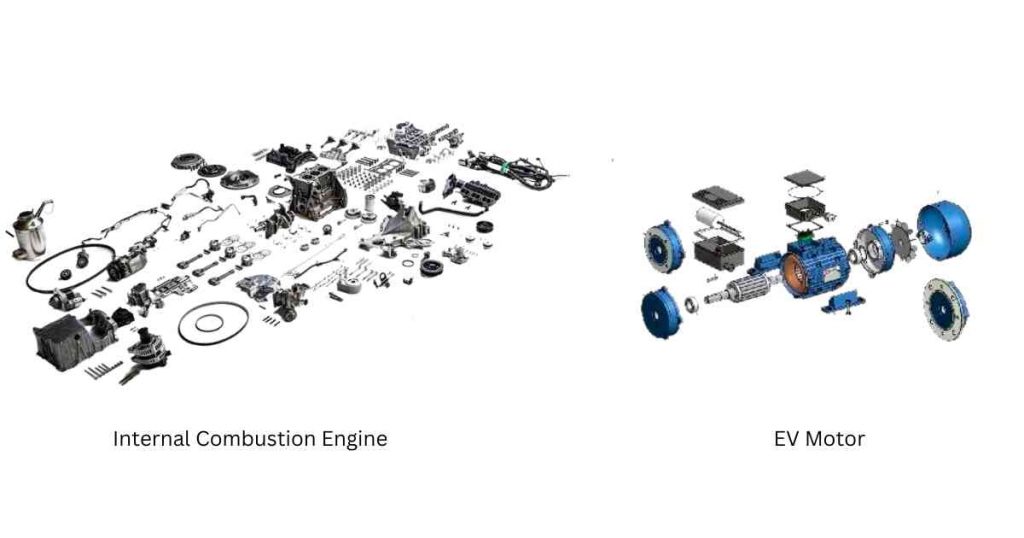
ICE vehicles have been around for more than a century, and over the years, they’ve become increasingly complex. To meet stringent emission norms like the BS VI stage two pollution control standards in India, various technologies have been incorporated into petrol and diesel engines. These include turbochargers, particulate filters, and complex exhaust after-treatment systems.
Electric vehicles, on the other hand, don’t require any of these additional technologies to meet emission standards — because they don’t have emissions! This makes the technology inherently simpler and more robust.
A study by the Automotive Research Association of India (ARAI) found that the average maintenance cost for an electric vehicle in India is about 40% lower than that of a petrol or diesel vehicle over a five-year period.
When it comes to the driving experience, electric vehicles offer a smoother ride. The absence of a traditional gearbox means no more wrestling with the clutch and gear stick, especially in stop-and-go traffic. Electric vehicles offer a seamless, almost zen-like driving experience, making them easier to handle in a variety of road conditions.
EV Myth 3: Battery Replacement Woes
Reality: “Will I have to replace the battery every five years?” is a common question. Most EV manufacturers offer 8 to 10-year battery warranties. And even after that, batteries can be regenerated and reused.
Firstly, it’s essential to note that most electric vehicle manufacturers offer substantial warranties on their batteries. We’re talking about 8 to 10-year warranties, which is a significant commitment. This warranty period is often longer than many people keep their cars, to begin with. So, if you’re worried about having to shell out for a new battery a few years down the line, the warranty should offer some peace of mind.
But what happens when the warranty expires? Well, the story doesn’t end there. Contrary to popular belief, EV batteries don’t just die off after a certain period. Their performance may degrade over time, but many can still function at around 70-80% capacity even after a decade. However, these “aged” batteries can be regenerated and repurposed for other applications, like energy storage systems. So, they’re far from being a ‘waste.’
The concept of a ‘second life’ for EV batteries is an emerging field that promises to extend the utility of these power packs. Companies are exploring ways to refurbish used batteries for various applications, from grid storage to backup power systems. This not only enhances the overall value proposition of EVs but also contributes to sustainability by reducing waste.
When it does come time to replace the battery, advancements in technology and increased production are driving costs down. So, by the time you might need a new battery, prices are likely to be much more affordable than they are today. Also, Indian manufacturers are working on making batteries more affordable. Plus, the Indian government’s FAME II scheme offers subsidies on electric vehicles and their batteries, making them more accessible to the average consumer.
EV Myth 4: Poor Performance
Reality: If you think EVs are slowpokes, you’re in for a shock. Electric motors deliver full torque instantaneously, offering a zippy driving experience unlike any ICE vehicle.
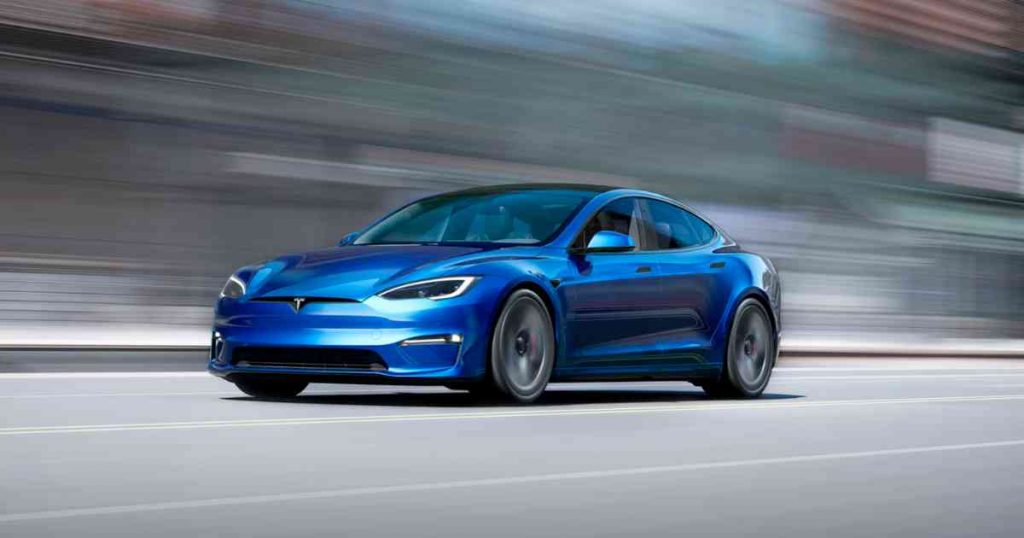
First off, let’s talk about torque. In an internal combustion engine, torque varies with the engine’s RPM (Revolutions Per Minute), requiring a complex system of gears to deliver power efficiently. In contrast, electric motors deliver 100% of their torque instantaneously from a standstill. Means immediate acceleration, making EVs incredibly responsive and fun to drive.
The absence of a traditional gearbox in most EVs means you don’t have to worry about gear changes, which offers a smoother, more enjoyable driving experience. This feature is particularly beneficial in stop-and-go traffic.
If you’re still not convinced, let’s talk numbers. The Tesla Model S, for instance, can go from 0 to 60 mph in just 1.98 seconds. Where Tata Nexon EV can accelerate from 0 to 100 km/h in just 9.9 seconds and can hit a top speed of 120 km/h. Also, a recent EV prototype built by Swiss students accelerated 0-100 km/h in just 0.956 seconds.
Performance isn’t just about speed and acceleration; it’s also about how efficiently a vehicle uses its energy. EVs are champions in this regard, converting up to 62% of the electrical energy from the grid to power at the wheels. In contrast, conventional petrol vehicles only convert about 21% of the energy stored in gasoline.
EV Myth 5: Higher Price Tag
Reality: Yes, EVs have a higher upfront cost. But consider this: the Tata Nexon EV costs just Rs 65 to run 100 km, compared to Rs 714 for its petrol counterpart. That’s a 90% reduction in running costs!
There’s no sugarcoating it; electric vehicles do come with a higher initial price tag compared to their petrol or diesel counterparts. In India, the range of electric cars starts from around Rs 7 lakh and can go up to a whopping Rs 1 crore. The Tata Nexon EV, one of India’s most popular electric cars, has a starting price of around Rs 14 lakh. At first glance, this might seem like a steep investment, especially when you compare it to traditional fuel-powered vehicles.
While the upfront cost might give you pause, the running costs of an electric vehicle are dramatically lower. For example, the Tata Nexon EV offers a real-world range of 254 km on a full charge. Now, let’s compare this to its petrol version, which gives a mileage of about 14 km per litre.
To travel 100 km, the petrol Nexon would require approximately 7.14 litres of fuel. With the current fuel prices hovering around Rs 100 per litre, that’s a cost of Rs 714. On the other hand, the Nexon EV would cost you just Rs 65 to cover the same distance. That’s a staggering 90% reduction in running costs!
EV Myth 6: Charging Costs
Reality: In Delhi, where an EV-friendly policy is in place, the tariff for home and public charging is just Rs 4.60 per unit. So, no, you won’t go broke charging your EV.
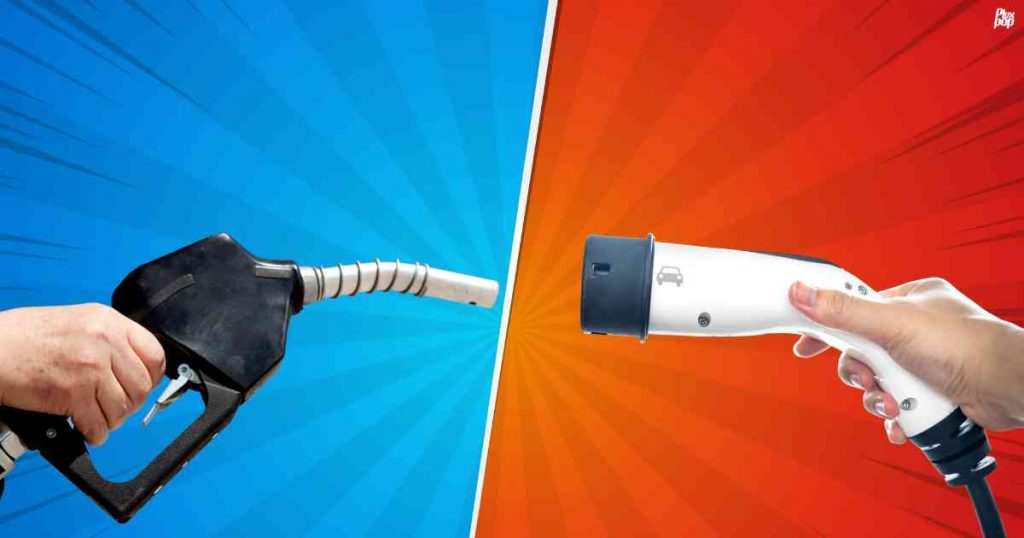
For the top end model, Tata Nexon EV comes with a full-charge range of 453 km and has a 30.2 kWh battery. Doing the math, the cost to fully charge this vehicle would be:
30.2kWh × Rs4.60/unit = Rs 138.92
That’s less than the cost of a single meal at a mid-range restaurant!
When you compare this to the cost of petrol, which currently hovers around Rs 100 per litre, the savings become even more apparent. A petrol car with a fuel efficiency of 14 km per litre would require approximately 32 litres to cover the same 453 km distance. That would cost you:
32liters × Rs100/liter = Rs3,200
In this scenario, the electric vehicle’s charging cost is less than 5% of the petrol car’s fuel cost.
Public charging stations, which are becoming increasingly common, offer another option. While the rates may vary, they are generally in line with home charging costs. Plus, many public stations offer fast-charging capabilities, getting you back on the road in no time.
EV Myth 7: Stranded Vehicles
Reality: Worried about getting stranded mid-journey? Modern EVs come with charge monitoring units and mobile apps that help you plan your trips, and charging stops effectively.
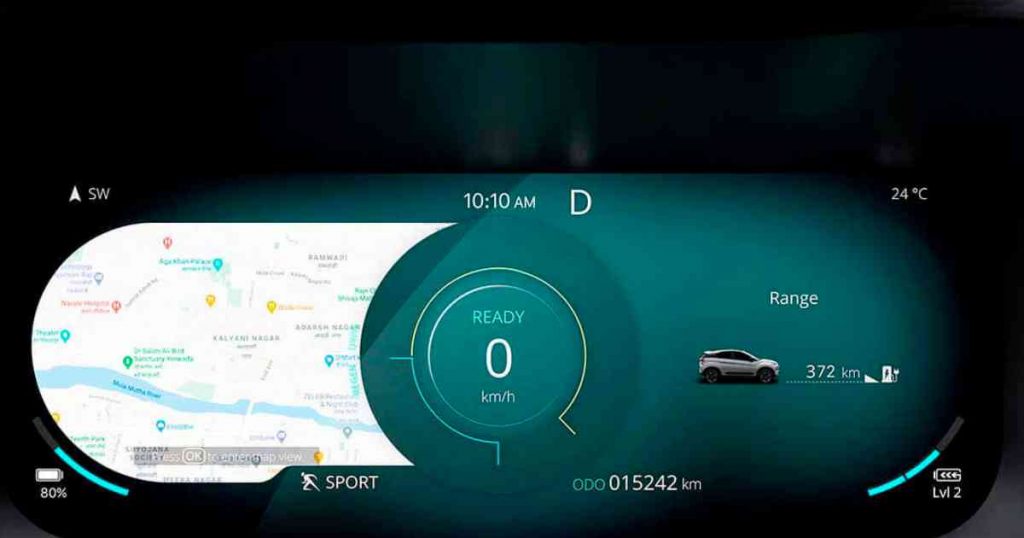
The technology designed to keep you from getting stranded — the Charge Monitoring Unit (CMU). This nifty piece of tech is like the GPS for your battery. It displays crucial information such as the remaining charge and the distance you can cover with it. So, unless you choose to ignore these glaring numbers and warnings, the chances of you getting stranded are slim to none.
Many EV manufacturers offer mobile applications that sync with your vehicle, providing real-time data on battery usage and range. These apps often include features that help you plan your trip based on the current charge level, ensuring that you reach your destination or the next charging station before running out of juice.
The growth of public charging stations is another factor that diminishes the risk of stranded vehicles. These stations are becoming increasingly common, especially in urban areas. Even if you miscalculate your range, a public charging station is likely just a short detour away.
In the rare event that you do find yourself running low on the charge with no charging station in sight, some EVs come equipped with emergency charging solutions. These can range from portable chargers that can be plugged into a standard electrical outlet to quick-charge options that give you enough power to reach the nearest charging station.
At the end of the day, driving an EV is like driving any other vehicle — it requires a bit of planning and common sense. Just as you wouldn’t embark on a long journey in a petrol or diesel car with a near-empty tank, you wouldn’t do so in an EV without ensuring you have enough charge for the trip.
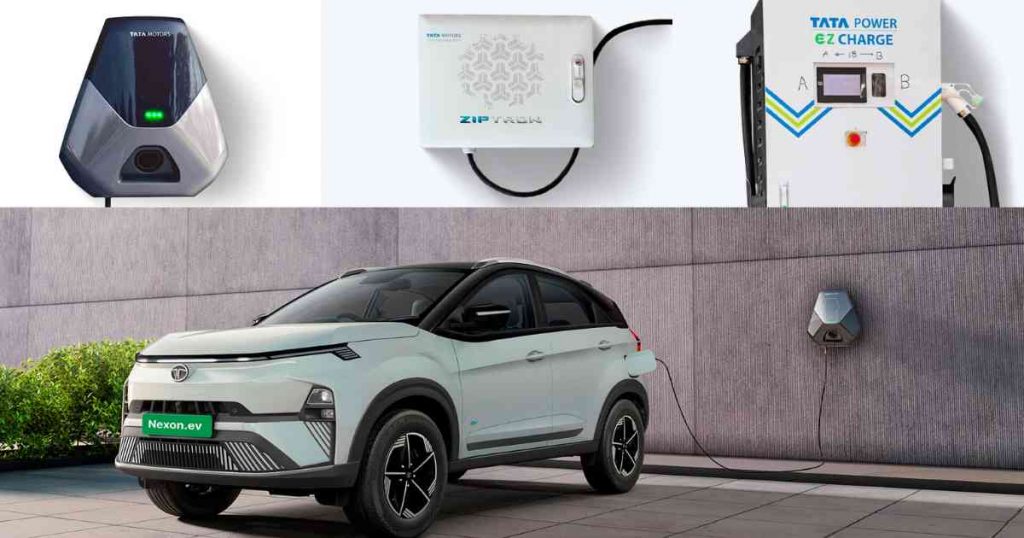
EV Myth 8: Rainy Season Risks
Reality: Most EVs in India come with IP67 rated batteries, designed to withstand water up to a depth of 1 meter for 30 minutes. So, no, your EV won’t short-circuit in the monsoon.
What does this IP67 rating mean? — In layman’s terms, these batteries are designed to be fully operational even when submerged in up to 1 meter of water for as long as 30 minutes. So, unless you’re planning to turn your EV into a makeshift boat, there’s little reason to worry.
But what if water does find its way into the system? Well, these batteries are engineered with multiple layers of protection. They come with technology that automatically cuts off the electrical connection in the event of water intrusion. This is like a circuit breaker for your EV, ensuring that the vehicle’s electrical system remains unharmed.
Let’s get practical. How often are you going to find yourself driving through a meter of water? In most urban and suburban settings, such conditions are rare. And even if you do encounter a waterlogged road, the smart engineering behind these EVs ensures that your vehicle is more than capable of handling it without turning into a four-wheeled disaster.
Also, remember manufacturers are well aware of the climates their vehicles will be used in. They wouldn’t risk their reputation by releasing a product that can’t withstand the elements. Many even offer warranties that cover water damage to give consumers extra peace of mind.
So there you have it — a full breakdown of the EV myths that have been roadblocking you from buying your new electric vehicle. As we’ve seen, most of these concerns are more fiction than fact. With advancements in technology, supportive government policies, and increasing awareness of environmental sustainability, definitely encourage one can definitely buy EVs. It’s high time we shift our mindset and embrace the electric revolution.

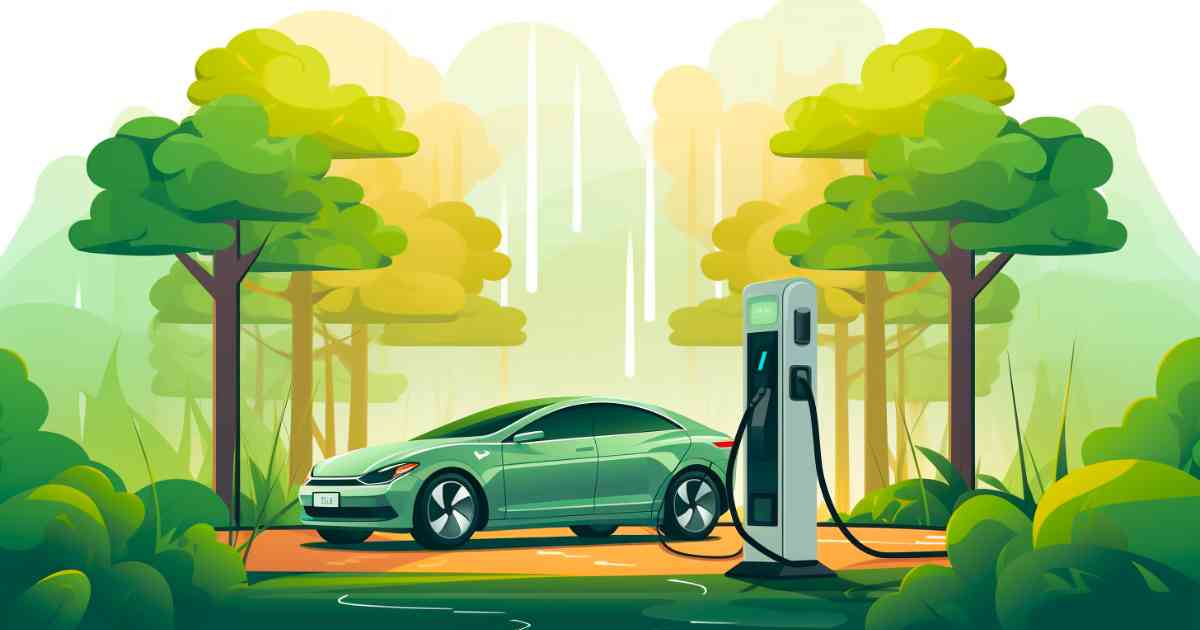
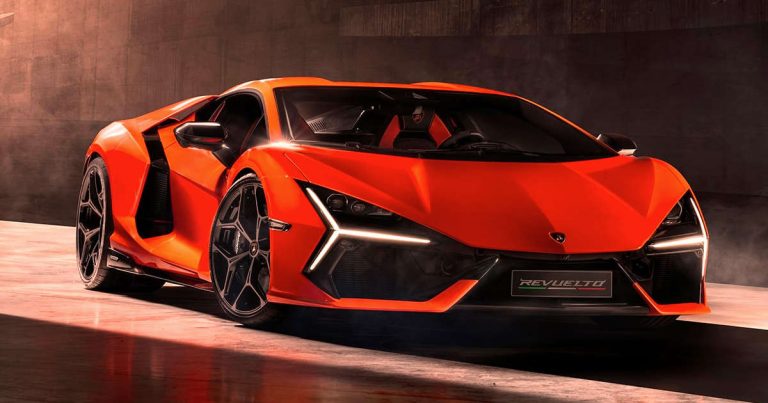
Leave a Comment